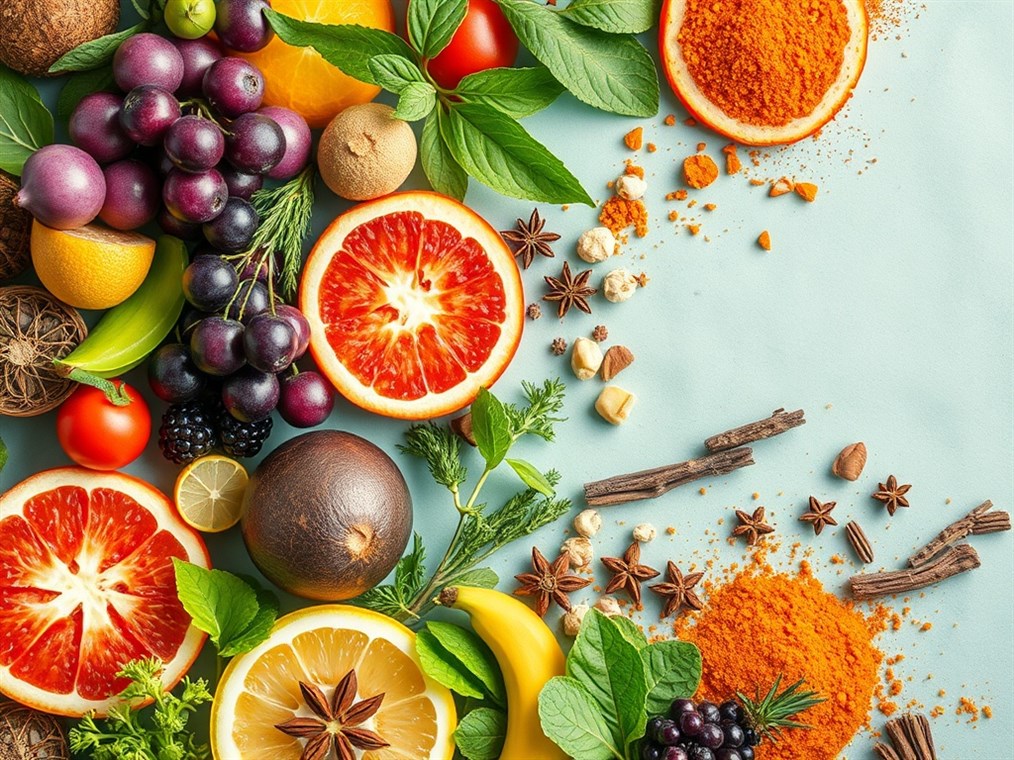What’s a Natural Preservative? Ditching the Synthetics
We’re all trying to eat a little cleaner these days, right? That means squinting at food labels, trying to decipher ingredients we can barely pronounce. And one term that keeps popping up is “natural preservative.” But what does that actually mean? Let’s dive in, because understanding this stuff can really change how you shop and eat.
Think about it: food preservation is ancient. Long before refrigerators, people needed ways to keep food from spoiling. Imagine trying to survive a harsh winter without preserving your harvest! It’s all about stopping the bad guys – bacteria, yeasts, and molds – from turning your food into a science experiment gone wrong. Plus, enzymes can cause some funky reactions, too. So, how do we keep these things at bay?
Well, natural preservatives are the answer, or at least an answer. Instead of lab-created chemicals, we’re talking about substances plucked straight from nature – plants, animals, even microbes – that help slow down spoilage. It’s all about keeping things fresh the old-fashioned way, and it’s definitely catching on as more of us look for minimally processed options.
So, what are some examples? You’ve probably got a few in your pantry right now!
Salt (Sodium Chloride): The OG Preservative
Seriously, salt has been saving food for centuries. It works by hogging all the water, creating a super dry environment where those pesky microbes can’t thrive. Think cured meats, pickled veggies, that kind of thing. It’s a simple solution that’s stood the test of time.
Sugar: Sweet Preservation
Just like salt, sugar is a water activity buster. Ever wonder why jams and jellies last so long? It’s the sugar! It creates a similar inhospitable environment for microbes, keeping your sweet treats safe to eat.
Vinegar (Acetic Acid): The Sour Savior
Vinegar’s acidity is the key here. Most spoilage bacteria just can’t handle the low pH. That’s why it’s a pickling superstar and a staple in salad dressings. I mean, who doesn’t love a good pickle?
Citric Acid: Zesty Freshness
Found in citrus fruits, citric acid does double duty. It lowers the pH, just like vinegar, and also helps prevent browning. Think about how lemon juice keeps your avocado from turning brown – that’s citric acid at work!
Rosemary Extract: More Than Just a Pretty Herb
Rosemary isn’t just for roasting chicken! It’s packed with antioxidants that prevent fats and oils from going rancid. It’s becoming a popular addition to meat products and baked goods, keeping them fresher for longer.
Honey: Nature’s Liquid Gold
Honey is amazing stuff. It’s got low water activity, it’s acidic, and it contains hydrogen peroxide – all of which make it a microbial nightmare. It’s been used for ages, not just as a sweetener, but as a preservative in everything from baked goods to traditional medicines.
Nisin: Bacteria Fighting Bacteria
This one’s a bit more technical, but cool nonetheless. Nisin is a bacteriocin – basically, a weapon produced by one bacterium to fight off others. It targets Gram-positive bacteria and is often used in cheese, processed meats, and canned goods.
Essential Oils: Aromatic Armor
Certain essential oils, like thyme, oregano, and clove, are naturally antimicrobial. The downside? They can be pretty potent, flavor-wise. So, while they can keep food fresh, you have to be careful not to overpower the taste.
So, how do these things actually work?
It’s all about creating an environment where spoilage organisms can’t survive. Some suck up all the water, some crank up the acidity, some block oxidation, and some just straight-up kill microbes. It’s a multi-pronged attack!
The Good, the Bad, and the Natural
Natural preservatives are great in theory, but they’re not always perfect.
The Upsides:
- They’re natural! That’s a big win for a lot of people.
- Some have added health benefits, like the antioxidants in rosemary.
- They can actually enhance the flavor of food.
The Downsides:
- They might not be as effective as synthetic preservatives.
- They can sometimes mess with the taste or texture of food.
- They can be more expensive.
- The right amount to use can be tricky to figure out.
Who’s Watching the Watchmen?
Whether it’s natural or synthetic, preservatives are regulated by food safety agencies like the FDA and EFSA. They make sure everything’s safe before it hits our plates.
The Future is Natural
The search for new and better natural preservatives is always on. Scientists are exploring new plant extracts, antimicrobial peptides, and fermentation techniques. And with packaging innovations like modified atmosphere packaging (MAP), we can keep food fresher for even longer.
The Bottom Line
Natural preservatives are a real option for keeping our food safe and fresh, without relying on artificial chemicals. They might not be a perfect solution, but as we learn more and demand cleaner labels, they’re sure to play a bigger and bigger role in the food we eat. So, next time you’re at the grocery store, take a closer look at those ingredients – you might be surprised by what you find!

